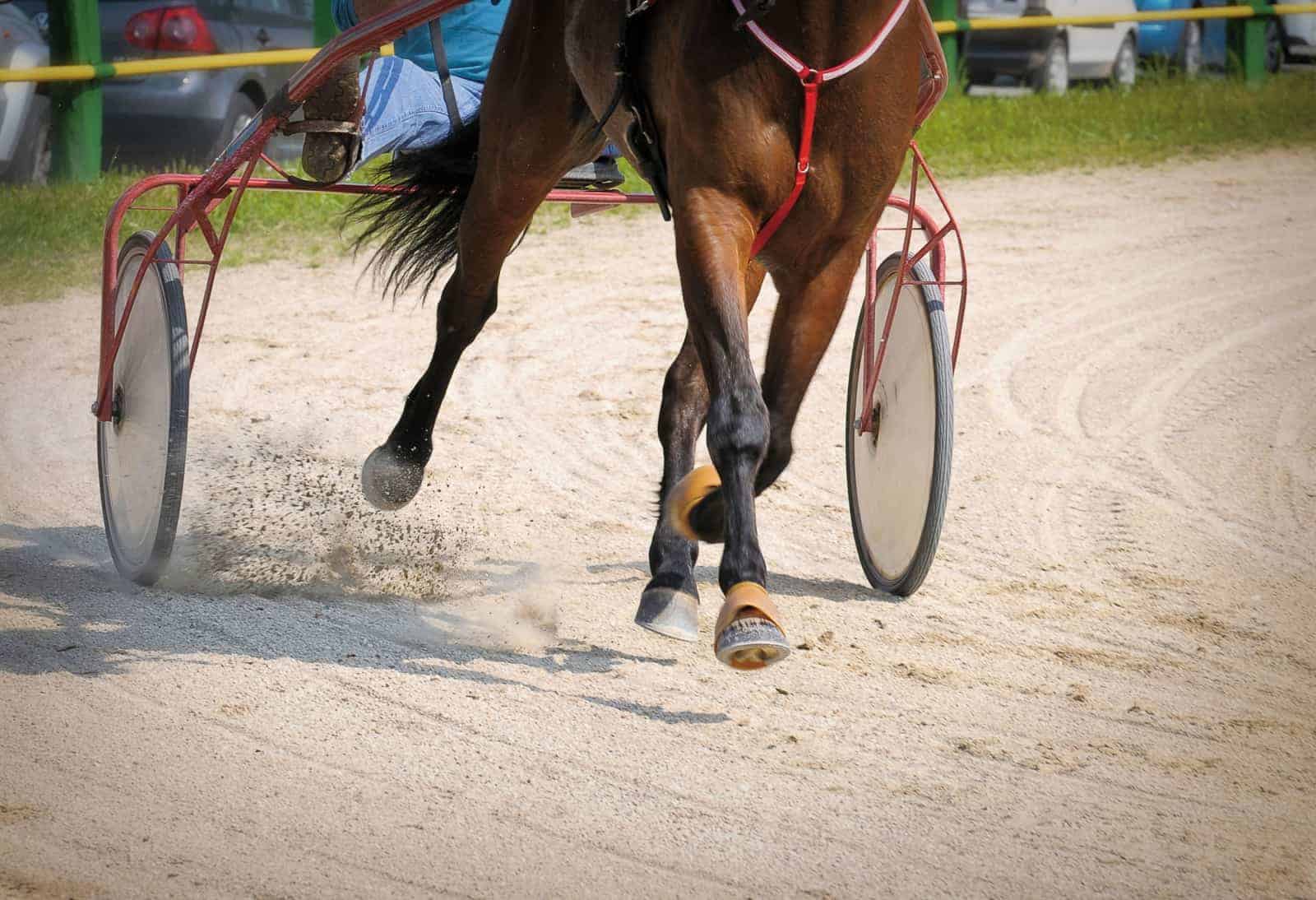Coffin Bone Fractures
- Topics: Article, Diagnosing Lameness, Fractures, Lameness, Lower Limb, Radiography (X rays), Shoeing

A: Fractures of the coffin bone or distal phalanx usually occur in the horse following some type of trauma, often from kicking, or a large force placed on the coffin bone (i.e., racing on hard tracks). However, they can occur from a penetrating object or as the result of a severe infection of the hoof that has extended into the coffin bone. In these cases, the bone fracture is secondary to the infection. Although coffin bone fractures are uncommon compared to other fractures that occur in the horse, they occur most commonly in Standardbred racehorses, Quarter Horses, and Thoroughbred racehorses, and also can occur in foals. Fractures of the coffin bone occur most commonly in the forelegs, regardless of the breed or use of the horse.
Horses which sustain coffin bone fractures are moderately to severely lame, but the lameness is somewhat dependent on the location of the fracture. Also, the horse might be only mildly lame on the day the fracture occurred and much worse the following day after the tissue around the fracture has become swollen. To determine if your horse has a coffin bone fracture, your veterinarian will need to perform diagnostic tests on your horse, including applying hoof testers and possibly nerve blocks. The hoof testers are used to apply pressure to the hoof and underlying coffin bone. A reaction to the hoof testers indicates pain in the hoof or coffin bone that can be the result of a hoof abscess, navicular syndrome, or a coffin bone fracture depending on the location of the sensitivity. The nerve blocks cause desensitization of a certain area on the horse’s limb and determine where the lameness is localized in the leg (i.e., the hoof). Radiographs (X rays) then are needed to definitively identify a coffin bone fracture. However, multiple films at different angles might be needed to pinpoint the location of the fracture.
Sometimes the fracture is not easily seen using radiographs immediately after the fracture has occurred. In those instances, nuclear scintigraphy (a bone scan) can be used to determine if a fracture is present. In those cases, radiographs can be used for diagnosis in about two weeks, after the body has removed some of the bone from the fracture line, making the fracture more easily seen on a radiograph. At that point, radiographs can determine the exact location of the fracture in the bone and let your veterinarian know if the fracture involves the joint
Create a free account with TheHorse.com to view this content.
TheHorse.com is home to thousands of free articles about horse health care. In order to access some of our exclusive free content, you must be signed into TheHorse.com.
Start your free account today!
Already have an account?
and continue reading.
Written by:
Christina S. Cable, DVM, Dipl. ACVS
Related Articles
Stay on top of the most recent Horse Health news with












